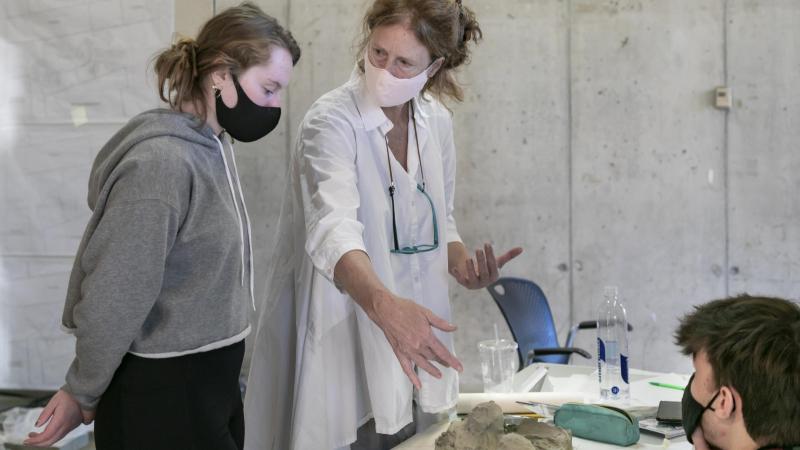Dense Matter Studio
Paula Meijerink and Tameka Sims' sophomore landscape architecture studio investigates the effects of building with impervious materials.

Dense Matter Studio
Much of our built environment consists of impervious surfaces such as concrete. To maximize certain human use, these surfaces are often intended to keep nature at bay and result in barren and inhospitable landscapes.
Media Gallery




In Autumn 2020, the Landscape Architecture 2920 Dense Matter Studio explored the heaviness of urban ground, the impact of its disturbances, and speculative spatial configurations. The focus of the sophomore studio was to examine and challenge common hard and impervious landscape conditions, especially as it relates to concrete, by creating opportunities for ecological processes to colonize the hard-scaped world and by imagining reconfigured surroundings, therefore making a positive contribution to climate change and the human condition.
Media Gallery







With concrete as a base material, the studio explored a variety of model-making techniques and materials commonly found throughout the home. Through this work—which included graphite hand drawings, modeling from concrete casts, cast collages, and site planning—the final objectives of the sophomore studio were a contextual understanding of hard-scaped surfaces in the lived environment and the spatial conditions it creates, a working knowledge of concrete application techniques, and skills in iterative design techniques and landscape representation.
Faculty



